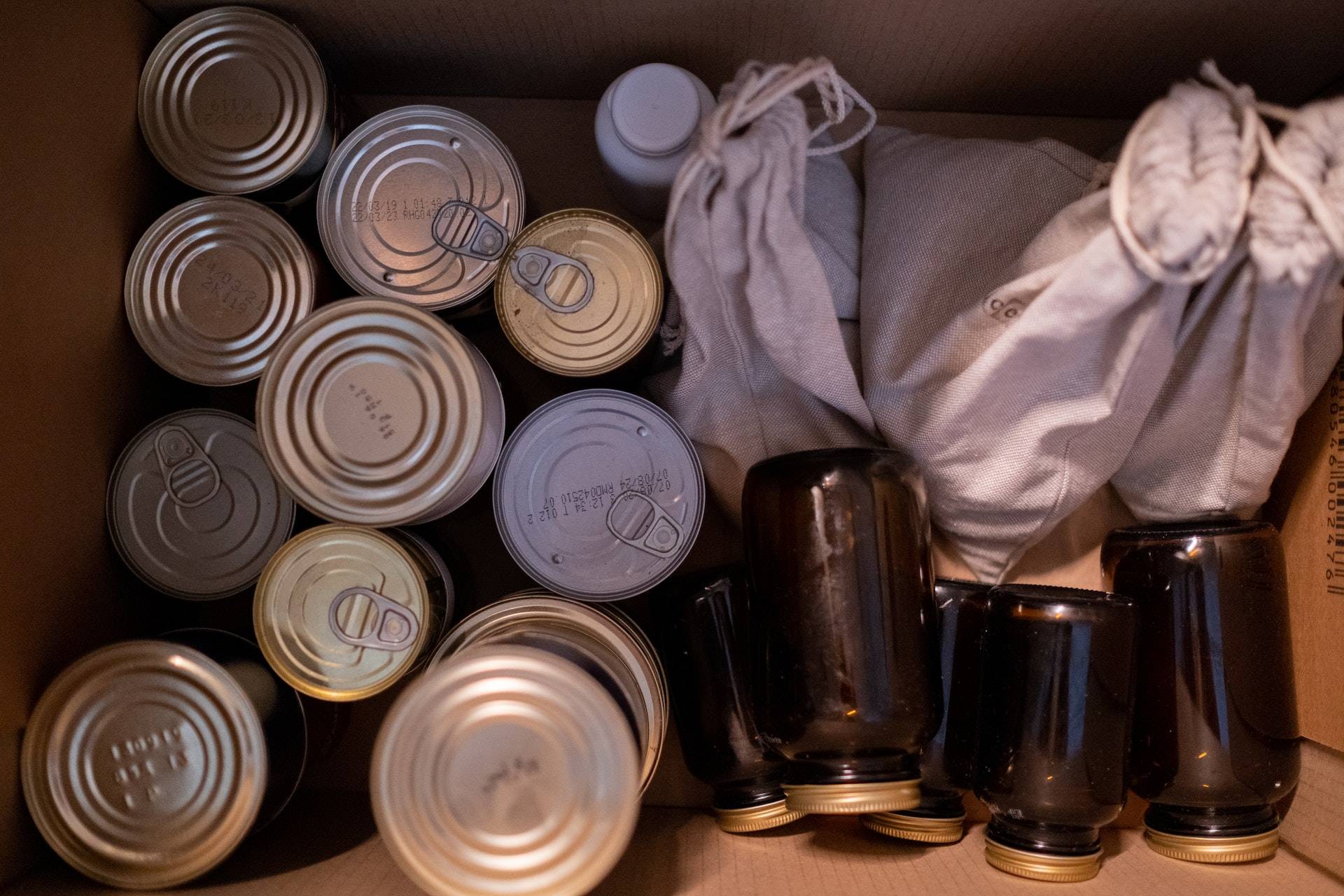Emergency food storage refers to the practice of stockpiling food and other supplies in preparation for emergencies, such as natural disasters, health pandemics, and wars. The history of emergency food storage is closely tied to the history of human civilization, as people have always had to deal with unpredictable events that threatened their food supply. Here is a brief overview of the history of emergency food storage:
Prehistoric times: Humans have likely always had to deal with food shortages and other emergencies, but there is little evidence of formal emergency food storage practices before the development of written language.
Ancient civilizations: Many ancient civilizations, including the ancient Egyptians, Chinese, and Greeks, had elaborate systems in place for storing food for times of emergency. These systems often involved the use of granaries and other storage facilities, as well as the preservation of food through techniques such as drying, salting, and fermentation.
Middle Ages: During the Middle Ages, the Catholic Church played a significant role in providing food to those in need, particularly during times of famine and other emergencies. In addition, many cities and towns developed their own emergency food storage systems, such as communal granaries and the establishment of rationing systems.
Modern era: The modern era has seen significant advances in emergency food storage, with the development of more sophisticated storage facilities and the use of technology to preserve and transport food. In addition, the establishment of national and international organizations dedicated to disaster response has led to the creation of global food aid systems.
19th and early 20th centuries: During this time period, many countries established national emergency response agencies, such as the Federal Emergency Management Agency (FEMA) in the United States and the Civil Defense Corps in the United Kingdom. These agencies were responsible for coordinating the response to natural disasters and other emergencies, and they often worked closely with local authorities and organizations to provide aid and assistance, including food.
Mid to late 20th century: In the mid to late 20th century, emergency food storage became increasingly important as the world faced a number of significant natural disasters and other emergencies, including wars and economic downturns. In addition, the development of modern transportation and communication systems made it easier to distribute food and other supplies to those in need.
21st century: The 21st century has seen the continued development of emergency food storage systems, with a focus on improving the efficiency and effectiveness of food distribution. In addition, the emergence of new threats, such as pandemics and cyber attacks, has led to the creation of specialized emergency food storage protocols.
Overall, the history of emergency food storage is one of ongoing adaptation and innovation in response to changing needs and challenges. As the world continues to face new and unpredictable emergencies, it is likely that emergency food storage systems will continue to evolve and improve.


